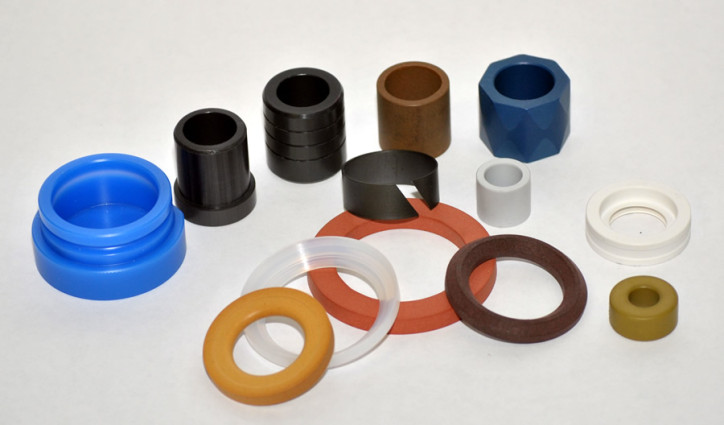If there is one manufacturing process that has withstood time, it is compression vowin.cn/en/News/news1251.html' target='_blank'>vowin.cn/' target='_blank'>molding. This process was developed in the 1850s as the original method for molding rubber. Up until now, it is still the method being used to manufacture rubber products of low to medium quantities and to produce bulky parts.
The compression molding process is simple. It is a traditional technique that involves the use of rubber compounds and creating a pre-form in the shape of the end product, which is larger than the final shape. A bit confusing? It is not. The process involves two factors: heat and pressure.
The resin material or rubber is formed using a heated mold and applied with the clamping pressure of the press to force the material inside the tool. A permanent chemical change called vulcanization occurs in the rubber, giving its shape. When vulcanization is complete, the product will be extracted from the mold, allowing it to cool. It will shrink during cooling until it reaches the final size.

The most common application of compression molding is machinery parts, wellington boots, door stops, and gaskets. It has high repeatability, therefore manufacturers can produce the same product several times.
Here are some advantages and disadvantages related to compression molding as a manufacturing process. It can help you decide whether this process is right for your product.
Advantages of Compression Molding Over Other Processes
1>Lower tooling cost
Since the process does not use transfer or injection, there is less tooling cost compared to what you will need for other molding processes. There are also no additional features on the design other than the cavity needed to produce the molded parts. The mold is usually made from aluminum or low-cost steel and saves on tooling. It only requires a tool that can withstand a tremendous amount of pressure.
2>Excellent for low volume production runs
Compression molding has a lower cost of investment on the mold tool. It is also cheaper to set up the press and start the process. That means, it is a cost-effective method for making smaller production of parts. The breakeven point can be easily reached because of the lower cost of tooling. It makes it viable for small production runs. In choosing the manufacturing method, the cost/benefit factor is an important consideration.
3>Excellent for producing large parts
This manufacturing process is excellent for producing large products that need a significant amount of material to manufacture. Since the material is directly loaded into the mold cavity, there is no restriction on the weight of the part that you can make. The only consideration would be the tonnage and press required.
No runners, gates, and spurs.
Lastly, this manufacturing technique does not use runners, gates, or sprues. These are tooling features where the materials are passed through in other production methods. It consumes extra materials that translate to additional costs. On top of it all, it also disrupts the overall aesthetic needed for the product.


